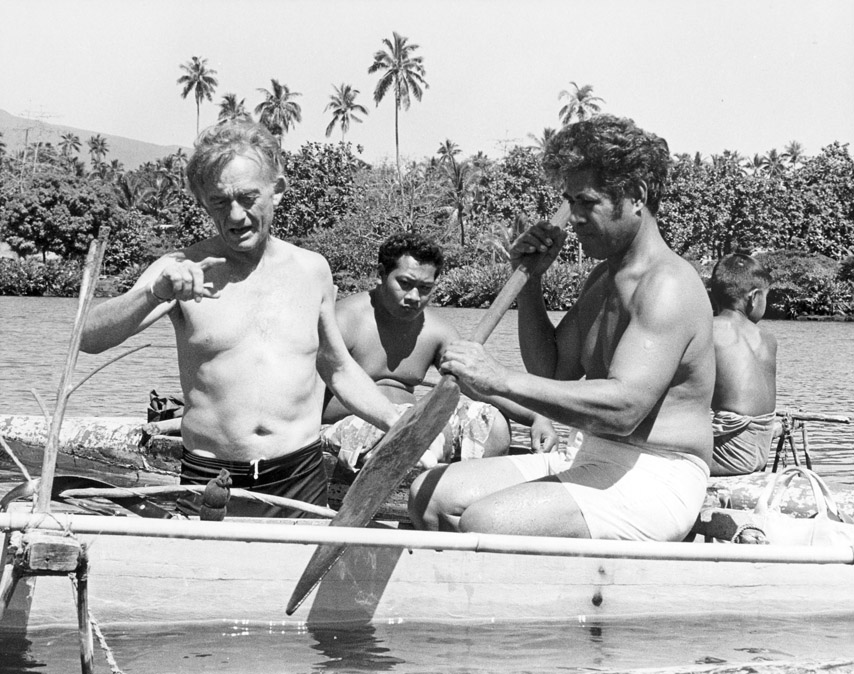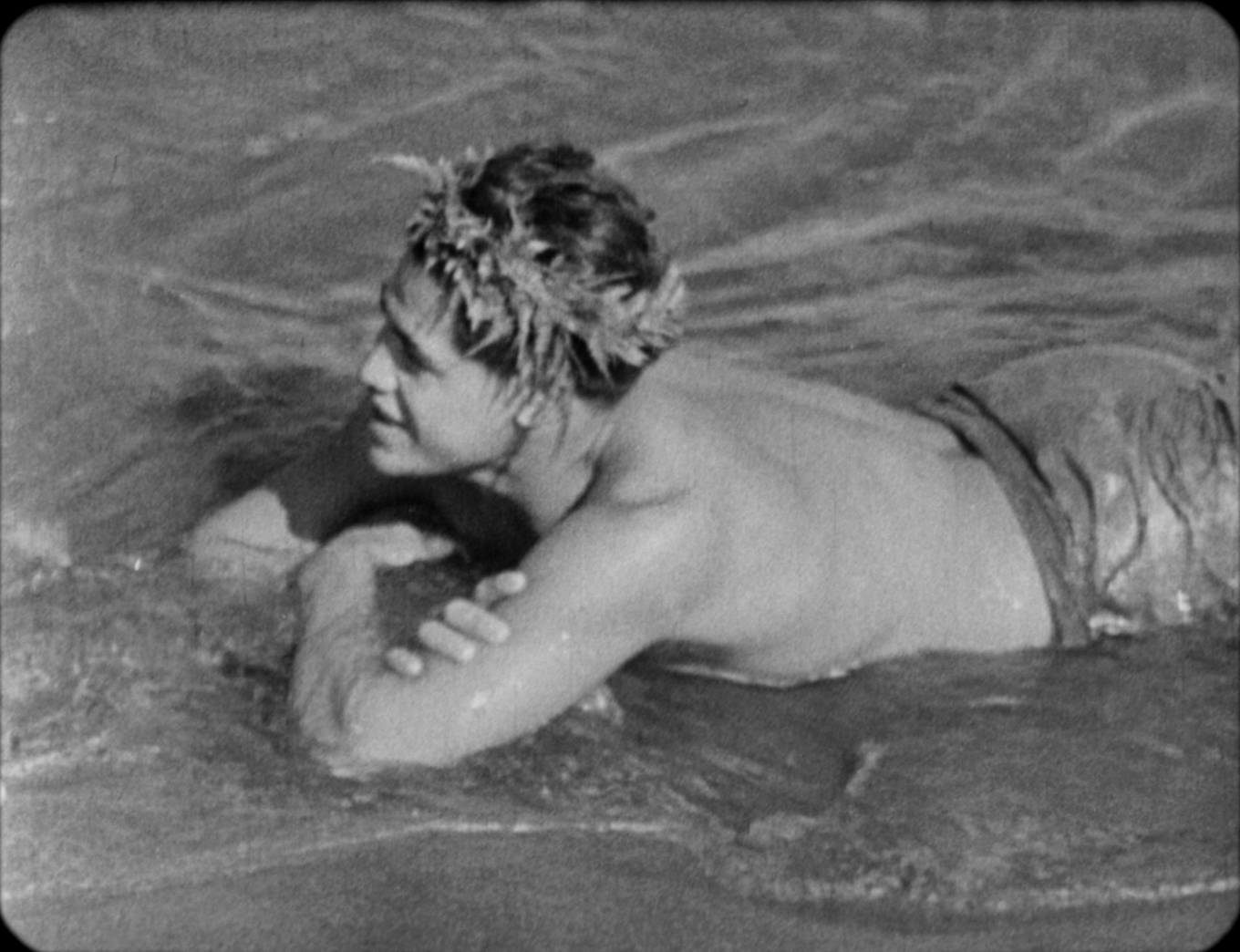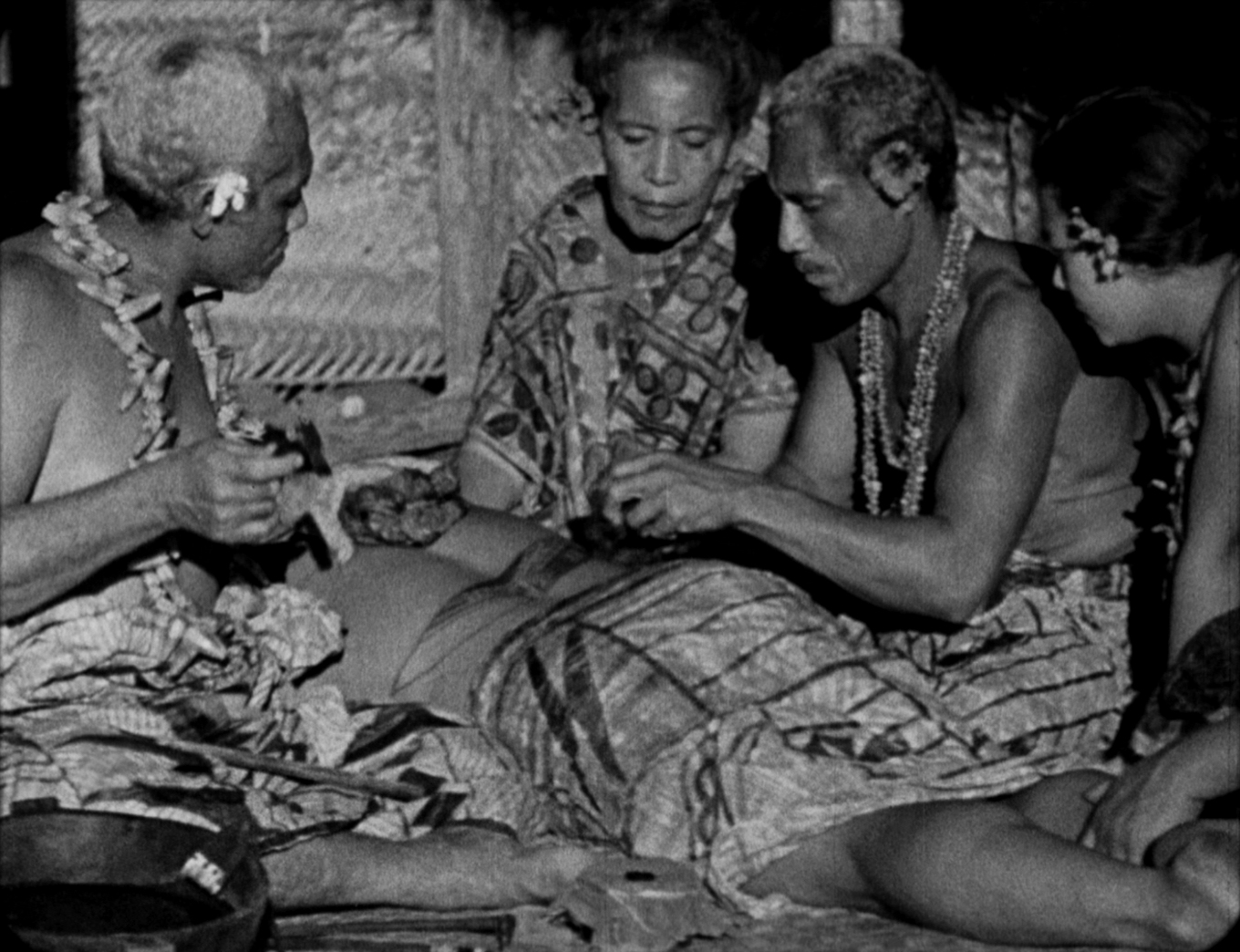Moana with Sound
Robert J. FLAHERTY, Frances H. FLAHERTY, Monica FLAHERTY
- USA
- 1980
- 98min
- G
- DCP, mov
- black and white
Synopsis
In 1924, documentary film pioneers Robert and Frances Flaherty and family traveled to the Samoan island of Savaii to record the native life and make a film that would try to match the success of Nanook of the North. Fifty years later in 1975, the Flahertys' daughter Monica ventured back to Savai’i, with documentarian Richard Leacock, to record a new audio track comprised of the sounds of the island and voices in the regional dialect -completed in 1980 and released as Moana with Sound. This edition of Moana with Sound, restored in 2K digital by Bruce Posner and Sami van Ingen (great-grandson of the Flahertys), marks the first time Monica's soundtrack has been married to a pristine 35mm print of ‘Moana’ and allows the landmark motion picture to be seen - and heard - in its full glory as a beautiful work of docufiction and an important piece of film history.Review
After the success of Nanook of the North Robert Flaherty spent two years between 1923 and 1924 with his family on the South Pacific island of Samoa. The idea is to make a movie about the daily life and culture of the Polynesians. Focusing on a young man named Moana on the verge of his coming-of-age ceremony, he documents his people's hunting, gathering, dance and music, and various social rituals in Moana, which, upon its release in 1926, went down in film history as the film that led John Grierson to coin the term "documentary." It has also left a legacy in cinematic history as one of the most controversial films to utilize a reenactment approach to engage Samoans in their old culture, as in Nanook of the North. Moana with Sound is the planetary version of the film completed by Flaherty's daughter, Monica Flaherty, more than 50 years after Moana. Monica Flaherty traveled to Samoa and recorded the sounds of the island, the voices of the natives, and their songs, which she carefully overlaid on the original silent film. The 50-year gap between image and sound forces us to rethink long-standing issues in documentary, such as the creative handling of real-world materials and the question of indexicality and authenticity. Monica Flaherty's working process was documented by director Sami van Ingen in Monica in the South Seas.
Director
-
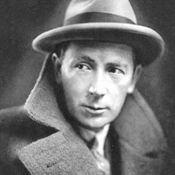
Robert J. FLAHERTY
Between Robert J. Flaherty’s major feature-length films, Nanook of the North (1922), Moana (1926), Man of Aran (1934), and Louisiana Story (1948), he made several smaller ones outside the epic man-against-nature format. More than 50 years after his death, Flaherty’s name still stands out among the most celebrated in motion picture history.
-
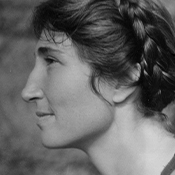
Frances H. FLAHERTY
Co-director-producer-writer and still photographer on Moana, Frances Flaherty shared her life with her husband Robert Flaherty as an equal and active creative collaborator. She was deeply involved in the editing of the Flaherty films. Her photographs and writings were widely published, and she authored two books on the making of MOANA: Samoa (under Robert’s name, 1929) and The Odyssey of a Filmmaker (1960). She was the mother of Monica Flaherty and two other daughters.
-
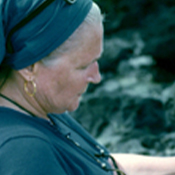
Monica FLAHERTY
The youngest daughter of Robert and Frances Flaherty, Monica began a lifetime of travel and learning when, on her third birthday, she landed in Samoa where her mother and father worked on Moana. She was schooled in England, was a pilot during WWII, worked at Fortune Magazine and Betty Parsons Art Gallery in New York, and lived in the Virgin Islands and Puerto Rico. She spent the last 38 years of her life devoted to the Flaherty Study Center located at her parents’ farm in Dummerston, Vermont.
